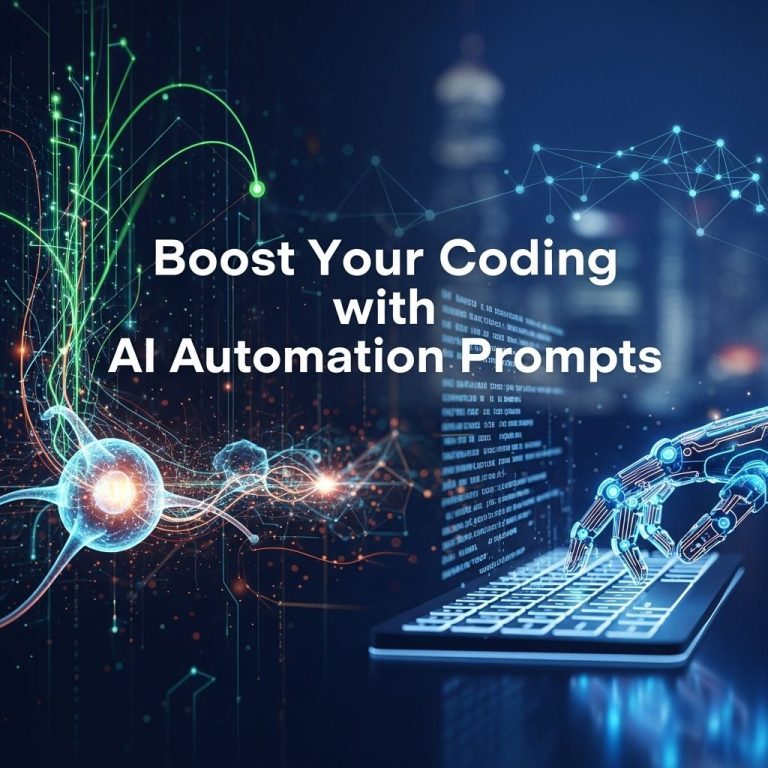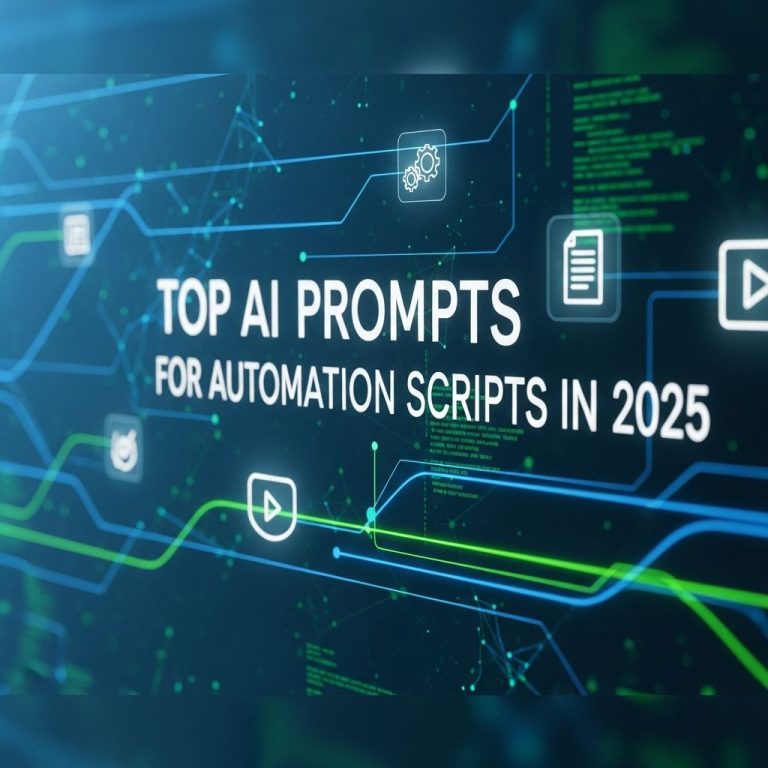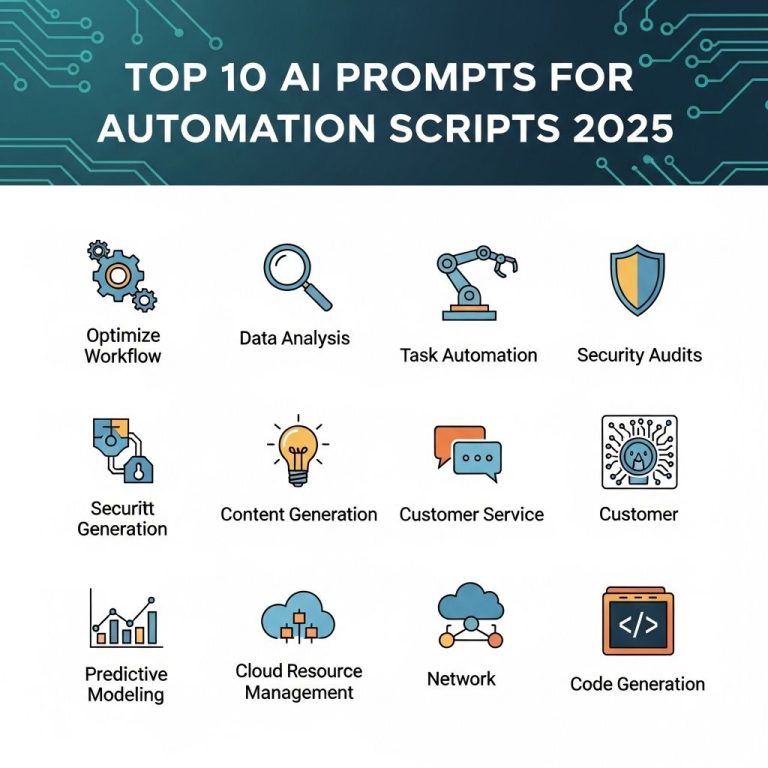As we journey deeper into the digital age, organizations increasingly seek ways to streamline their operations, improve productivity, and leverage advanced technologies. Among the myriad of options available, low-code AI automation tools have emerged as game changers, allowing businesses to develop applications and automate processes with minimal coding knowledge. This article explores the most promising low-code AI automation tools of 2025, their features, and how they can transform business operations.
Understanding Low-Code AI Automation
Low-code platforms offer a visual development environment where users can create applications through drag-and-drop interfaces and pre-built components. When coupled with artificial intelligence, these tools empower users to integrate intelligent functionalities, such as natural language processing and machine learning, without extensive programming skills.
Benefits of Low-Code AI Automation
- Accelerated Development: Rapidly create applications that meet specific business needs.
- Cost Efficiency: Reduce development costs by minimizing the need for skilled developers.
- Increased Agility: Quickly adapt to changing business requirements.
- Enhanced Collaboration: Facilitate better communication between IT and business teams.
Top Low-Code AI Automation Tools
1. Mendix
Mendix is a leader in the low-code development space, providing robust capabilities for building enterprise-grade applications. Its AI features allow for intelligent automation, predictive analytics, and real-time insights.
Key Features:
- Visual development environment with pre-built templates
- Integration with popular AI services such as IBM Watson
- Collaboration tools for cross-functional teams
- Extensive API support for integration with existing systems
2. OutSystems
OutSystems is known for its versatility and scalability. It offers tools for not just low-code development but also for deploying AI solutions in various business processes, enhancing operational efficiency.
Key Features:
- AI-powered recommendations for application design
- One-click deployment to various environments
- Ecosystem of plugins for extended functionalities
- Built-in testing and monitoring capabilities
3. Microsoft Power Apps
Power Apps allows organizations to create custom applications tailored to specific business needs while leveraging Microsoft’s vast ecosystem. Its AI capabilities enhance user engagement and data processing.
Key Features:
- Easy integration with Microsoft services (e.g., Azure, Dynamics 365)
- AI Builder for adding intelligence to apps without writing code
- Responsive design for various devices
- Rich data connectors for seamless data integration
4. Appian
Appian’s low-code automation platform combines business process management and AI, making it suitable for complex enterprise applications. It focuses on improving operational efficiencies through automation.
Key Features:
- Robust process modeling tools
- AI-driven insights for decision-making
- Integration with robotic process automation (RPA)
- User-friendly interface for non-technical users
5. Salesforce Lightning
Salesforce Lightning offers a low-code platform to build applications on top of Salesforce’s vast CRM capabilities. Its AI features, powered by Einstein, enhance customer experience and engagement.
Key Features:
- Drag-and-drop interface for easy app development
- Einstein AI for predictive analytics
- Customizable dashboards and reports
- Seamless integration with other Salesforce products
Choosing the Right Tool
Selecting the ideal low-code AI automation tool requires careful consideration of various factors, including:
1. Business Needs
Assess the specific processes that require automation or application development. Understand whether your priority is customer engagement, operational efficiency, or data management.
2. User Expertise
Identify the technical proficiency of your team. Some tools cater more to business users, while others may require a deeper understanding of development practices.
3. Scalability
Choose a platform that can grow with your business. Ensure it can handle increased workloads and complexity as your organization evolves.
4. Integration
Consider how well the tool integrates with your existing systems and workflows. Look for platforms that offer robust API support and data connectors.
Future Trends in Low-Code AI Automation
The landscape of low-code AI automation is rapidly evolving. Here are some anticipated trends for the coming years:
1. Increased AI Integration
As AI technologies continue to mature, low-code platforms will incorporate more intelligent features, enabling users to leverage advanced analytics and machine learning capabilities.
2. Enhanced Collaboration Features
Expect tools to evolve with better collaboration features, allowing business and IT teams to work more seamlessly together, reducing the gap between technical and non-technical users.
3. Rise of No-Code Solutions
While low-code tools are already accessible to non-developers, the emergence of no-code platforms will enable even broader audiences to create applications without any coding knowledge.
4. Focus on Security
As organizations increasingly adopt low-code solutions, security will become paramount, leading to enhanced features that protect sensitive data and ensure compliance.
Conclusion
Low-code AI automation tools are revolutionizing how organizations operate, enabling faster development cycles and empowering users to harness the power of AI without extensive programming knowledge. By selecting the right tool and keeping abreast of emerging trends, businesses can not only improve efficiency but also drive innovation in their workflows. As we move forward, the integration of AI with low-code platforms is set to become a fundamental component of digital transformation strategies worldwide.
FAQ
What are the best low-code AI automation tools available in 2025?
Some of the top low-code AI automation tools of 2025 include Tool A, Tool B, and Tool C, known for their user-friendly interfaces and robust AI capabilities.
How do low-code AI automation tools benefit businesses?
Low-code AI automation tools help businesses streamline operations, reduce development time, and empower non-technical users to create applications easily.
Can low-code AI automation tools be integrated with existing software?
Yes, most low-code AI automation tools offer integration capabilities with existing software systems, enhancing overall functionality and productivity.
What industries can benefit from low-code AI automation tools?
Industries such as healthcare, finance, retail, and logistics can significantly benefit from low-code AI automation tools by improving efficiency and reducing operational costs.
Are low-code AI automation tools suitable for small businesses?
Absolutely! Low-code AI automation tools are particularly advantageous for small businesses, as they allow for rapid deployment of solutions without extensive coding knowledge.
What features should I look for in a low-code AI automation tool?
Key features to look for include drag-and-drop interfaces, pre-built templates, AI capabilities, integration options, and strong community support.




